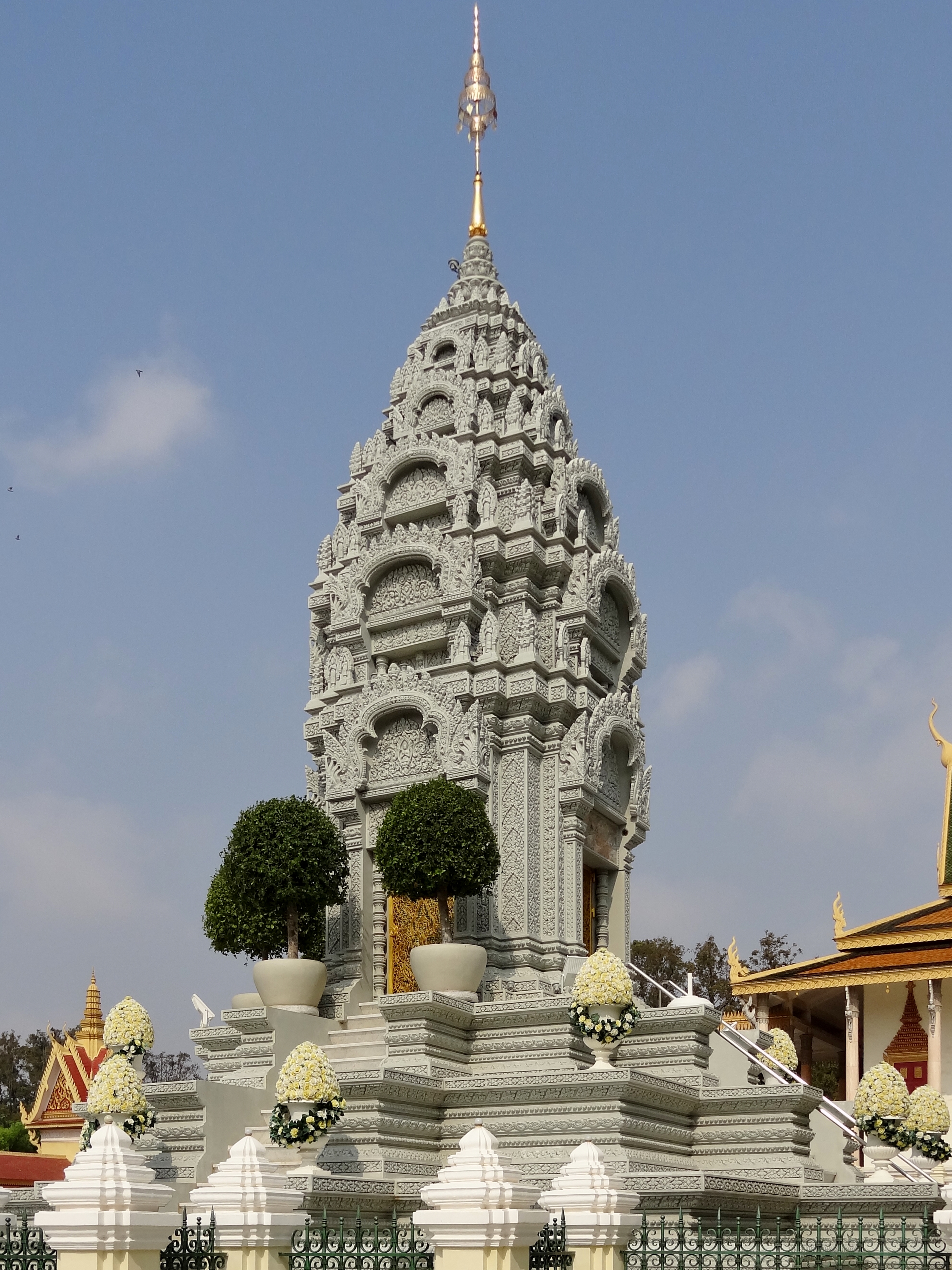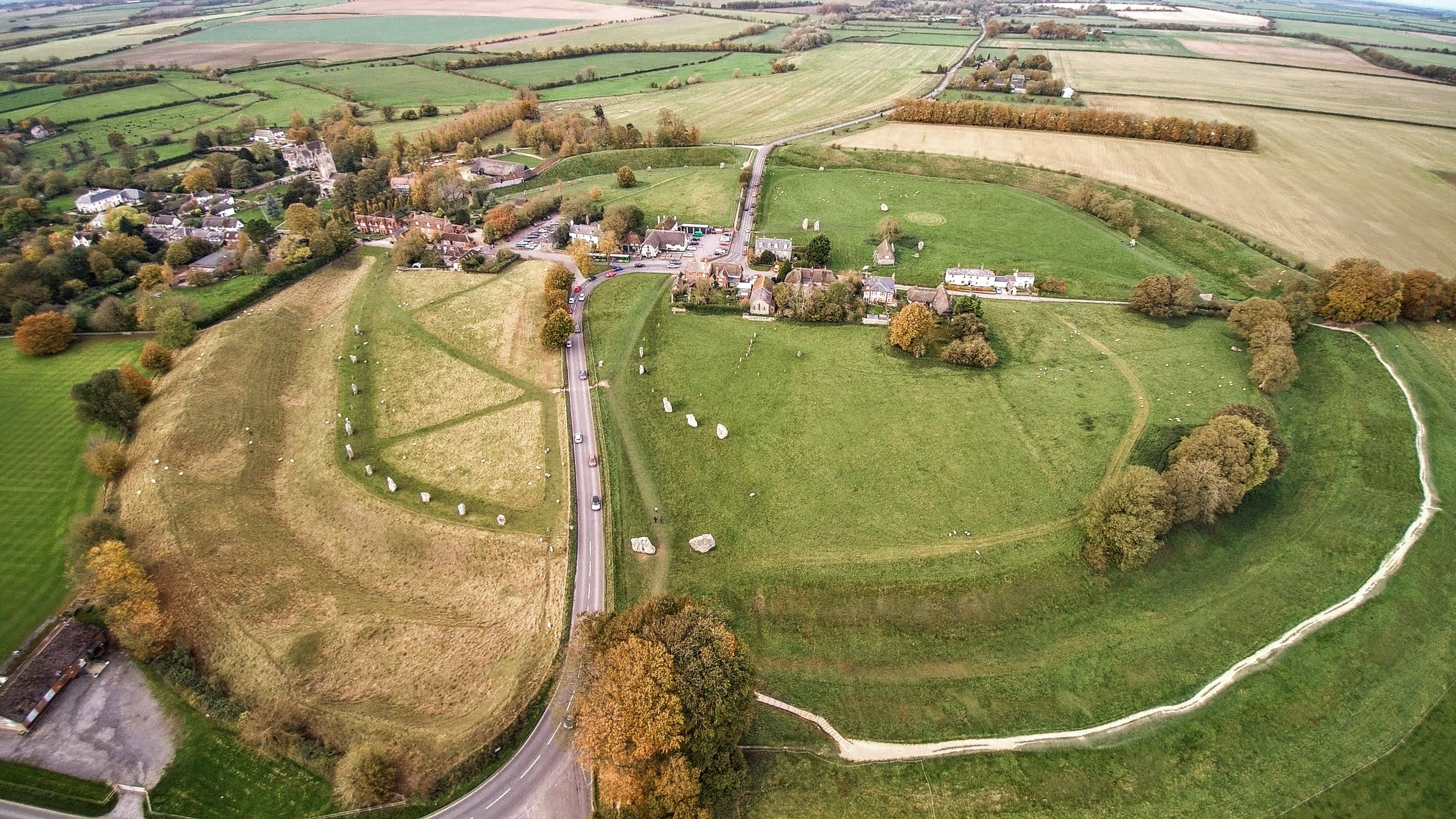|
Swinside (p4160146)
Swinside, which is also known as Sunkenkirk and Swineshead, is a stone circle lying beside Swinside Fell, part of Black Combe in southern Cumbria, North West England. One of around 1,300 recorded stone circles in the British Isles and Brittany, it was constructed as a part of a megalithic tradition that lasted from 3,300 to 900 BC, during what archaeology, archaeologists categorise as the Late Neolithic and Early Bronze Ages.#Bur00, Burl 2000. p. 13. In this period, the Lake District – a mountainous area in which Swinside is located – saw particularly high levels of stone circle construction, with other notable examples including the Castlerigg stone circle and Long Meg and Her Daughters. The original purposes of these circles is still debated, although most archaeologists concur that they were built for ritual or ceremonial reasons. Constructed from local slate, the ring has a diameter of about 93 ft 8ins (26.8m), and currently contains 55 stones, although when origin ... [...More Info...] [...Related Items...] OR: [Wikipedia] [Google] [Baidu] |
Cumbria
Cumbria ( ) is a ceremonial county in North West England. It borders the Scottish council areas of Dumfries and Galloway and Scottish Borders to the north, Northumberland and County Durham to the east, North Yorkshire to the south-east, Lancashire to the south, and the Irish Sea to the west. Its largest settlement is the city of Carlisle. Cumbria is predominantly rural, with an area of and a population of 500,012; this makes it the third-largest ceremonial county in England by area but the eighth-smallest by population. Carlisle is located in the north; the towns of Workington and Whitehaven lie on the west coast, Barrow-in-Furness on the south coast, and Penrith, Cumbria, Penrith and Kendal in the east of the county. For local government purposes the county comprises two Unitary authorities of England, unitary authority areas, Westmorland and Furness and Cumberland (unitary authority), Cumberland. Cumbria was created in 1974 from the historic counties of Cumberland and Westmor ... [...More Info...] [...Related Items...] OR: [Wikipedia] [Google] [Baidu] |
Millom
Millom is a town and civil parish on the north shore of the estuary of the River Duddon in southernmost Cumberland, Cumbria, England. It is situated just outside the Lake District National Park, about north of Barrow-in-Furness ( by road) and south of Whitehaven. Millom was a small village centred on Holy Trinity Church and Millom Castle until the 19th century. The modern town developed following the opening of Millom Ironworks in 1866. Built around the ironworks, the town subsumed the village of Holborn Hill and grew to a size of over 10,000 people by the 1960s, but has struggled since the works were closed in 1968. Culturally, Millom is notable as the birthplace of poet Norman Nicholson, and for its historical links with rugby league. History In January 2023, six Bronze Age socketed axe heads at a site near Millom. The finds were featured in the BBC's '' Digging for Britain'' in January 2025. Millom is mentioned in the Domesday Book of 1086 as one of the townships for ... [...More Info...] [...Related Items...] OR: [Wikipedia] [Google] [Baidu] |
Part Of Swinside Stone Circle - Geograph
Part, parts or PART may refer to: People *Part (surname) *Parts (surname) Arts, entertainment, and media *Part (music), a single strand or melody or harmony of music within a larger ensemble or a polyphonic musical composition *Part (bibliography), a sub-division of a volume or journal * ''Parts'' (book), a 1997 children's book by Tedd Arnold *Character (arts), in acting, a person or other being in a performed narrative Transportation *Pottstown Area Rapid Transit (PART), Pennsylvania, U.S. * Putnam Area Rapid Transit (PART), New York, U.S. *Piedmont Authority for Regional Transportation (PART), North Carolina, U.S. Other uses *Part (mathematics) or Mereology, the study of parts and the wholes they form *Part-of, the semantic relation of a part to the whole specific to linguistics *Spare part, an interchangeable part used for repair *Part number, identifier of a particular part design in engineering *Part (haircut), a hairstyle *Parts of Lincolnshire, geographic divisions of the ... [...More Info...] [...Related Items...] OR: [Wikipedia] [Google] [Baidu] |
Wat01
A wat (, ; , ; , ; ; , ) is a type of Buddhist and Hindu temple in Cambodia, Laos, East Shan State (Myanmar), Yunnan (China), the Southern Province of Sri Lanka, and Thailand. Etymology The word ''wat'' is borrowed from the Sanskrit ''vāṭa'' (Devanāgarī: वाट), meaning "enclosure". The term has varying meanings in each region, sometimes referring to a specific type of government-recognised or large temple, other times referring to any Buddhist or Hindu temple. Overview In Buddhism, a ''wat'' is a Buddhist sacred precinct with vihara, a temple, an edifice housing a large image of Buddha and a facility for lessons. A site without a minimum of three resident ''bhikkhu''s cannot correctly be described as a wat although the term is frequently used more loosely, even for ruins of ancient temples. As a transitive or intransitive verb, ''wat'' means to measure, to take measurements; compare ''templum'', from which ''temple'' derives, having the same root as ''templa ... [...More Info...] [...Related Items...] OR: [Wikipedia] [Google] [Baidu] |
Avebury
Avebury () is a Neolithic henge monument containing three stone circles, around the village of Avebury in Wiltshire, in south-west England. One of the best-known prehistoric sites in Britain, it contains the largest megalithic stone circle in the world. It is both a tourist attraction and a place of religious importance to contemporary pagans. Constructed over several hundred years in the third millennium BC, during the Neolithic, or New Stone Age, the monument comprises a large henge (a bank and a ditch) with a large outer stone circle and two separate smaller stone circles situated inside the centre of the monument. Its original purpose is unknown, although archaeologists believe that it was most likely used for some form of ritual or ceremony. The Avebury monument is a part of a larger prehistoric landscape containing several older monuments nearby, including West Kennet Long Barrow, Windmill Hill and Silbury Hill. By the Iron Age, the site had been effectively abandon ... [...More Info...] [...Related Items...] OR: [Wikipedia] [Google] [Baidu] |
Axis Mundi
In astronomy, is the Latin term for the axis of Earth between the celestial poles. In a geocentric coordinate system, this is the axis of rotation of the celestial sphere. Consequently, in ancient Greco-Roman astronomy, the is the axis of rotation of the planetary spheres within the classical geocentric model of the cosmos. In 20th-century comparative mythology, the term – also called the cosmic axis, world axis, world pillar, center of the world, or world tree – has been greatly extended to refer to any mythological concept representing "the connection between Heaven and Earth" or the "higher and lower realms". Mircea Eliade introduced the concept in the 1950s. closely relates to the mythological concept of the (navel) of the world or cosmos. Items adduced as examples of the by comparative mythologists include plants (notably a tree but also other types of plants such as a vine or stalk), a mountain, a column of smoke or fire, or a product of human manufactur ... [...More Info...] [...Related Items...] OR: [Wikipedia] [Google] [Baidu] |
Orkney
Orkney (), also known as the Orkney Islands, is an archipelago off the north coast of mainland Scotland. The plural name the Orkneys is also sometimes used, but locals now consider it outdated. Part of the Northern Isles along with Shetland, Orkney is 10 miles (16 km) north of Caithness and has about 70 islands, of which 20 are inhabited.Haswell-Smith (2004) pp. 336–403. The largest island, the Mainland, Orkney, Mainland, has an area of , making it the List of islands of Scotland, sixth-largest Scottish island and the List of islands of the British Isles, tenth-largest island in the British Isles. Orkney's largest settlement, and also its administrative centre, is Kirkwall. Orkney is one of the 32 Subdivisions of Scotland, council areas of Scotland, as well as a Orkney (Scottish Parliament constituency), constituency of the Scottish Parliament, a Lieutenancy areas of Scotland, lieutenancy area, and an counties of Scotland, historic county. The local council is Orkney I ... [...More Info...] [...Related Items...] OR: [Wikipedia] [Google] [Baidu] |
Chambered Tomb
A chambered cairn is a burial monument, usually constructed during the Neolithic British Isles, Neolithic, consisting of a sizeable (usually stone) chamber around and over which a cairn of stones was constructed. Some chambered cairns are also passage grave, passage-graves. They are found throughout Prehistoric Britain, Britain and Ireland, with the largest number in Scotland. Typically, the chamber is larger than a cist, and will contain a larger number of interments, which are either Excarnation, excarnated bones or inhumations (cremations). Most were situated near a settlement, and served as that community's "graveyard". Scotland Background During the early Neolithic (4000–3300 BC) architectural forms are highly regionalised with timber and earth monuments predominating in the east and stone-chambered cairns in the west. During the later Neolithic (3300–2500 BC) massive circular enclosures and the use of grooved ware and Unstan ware pottery emerge. Scotland has a particul ... [...More Info...] [...Related Items...] OR: [Wikipedia] [Google] [Baidu] |
Par05
Par may refer to: Finance * Par value, stated value or face value in finance and accounting * Par yield or par rate, in finance Games * Par (score), the number of strokes a proficient golfer should require to complete a hole, round or tournament. * Par (golf scoring format), an alternative to Stableford and normal stroke play * Par contract, in contract bridge Organizations Businesses * Pan Am Railways, an American holding company * Par Pharmaceutical, now part of Endo International * PaR Systems, an American automation company Political parties * Aragonese Party (''Partido Aragonés'', PAR), Spain * Movement For! (''Kustība Par!''), Latvia * Party for the Restructured Antilles (''Partido Antiá Restrukturá'', PAR), Curaçao * Revolutionary Action Party ('Partido Acción Revolucionaria', PAR), Guatemala * People's Alliance for Reform, Singapore Other organizations * Parkinson Association of the Rockies, a not-for-profit organization * Pretoria Armoured Regiment, an armour reg ... [...More Info...] [...Related Items...] OR: [Wikipedia] [Google] [Baidu] |
Mike Parker Pearson
Michael Parker Pearson, (born 26 June 1957) is an English archaeologist specialising in the study of the Neolithic British Isles, Madagascar and the archaeology of death and burial. A professor at the UCL Institute of Archaeology, he previously worked for 25 years as a professor at the University of Sheffield in England, and was the director of the Stonehenge Riverside Project. A prolific author, he has also written a variety of books on the subject. A media personality, Parker Pearson has appeared several times in the Channel 4 show '' Time Team'' in particular in one looking at the excavation of Durrington Walls in Wiltshire. He also appeared in the National Geographic Channel documentary ''Stonehenge Decoded'', along with the PBS programme '' Nova: Secrets of Stonehenge''. Early life and education Parker Pearson was born in 1957, in Wantage, Berkshire. He would later inform interviewers that he first took an interest in the past when searching for fossils in ... [...More Info...] [...Related Items...] OR: [Wikipedia] [Google] [Baidu] |





